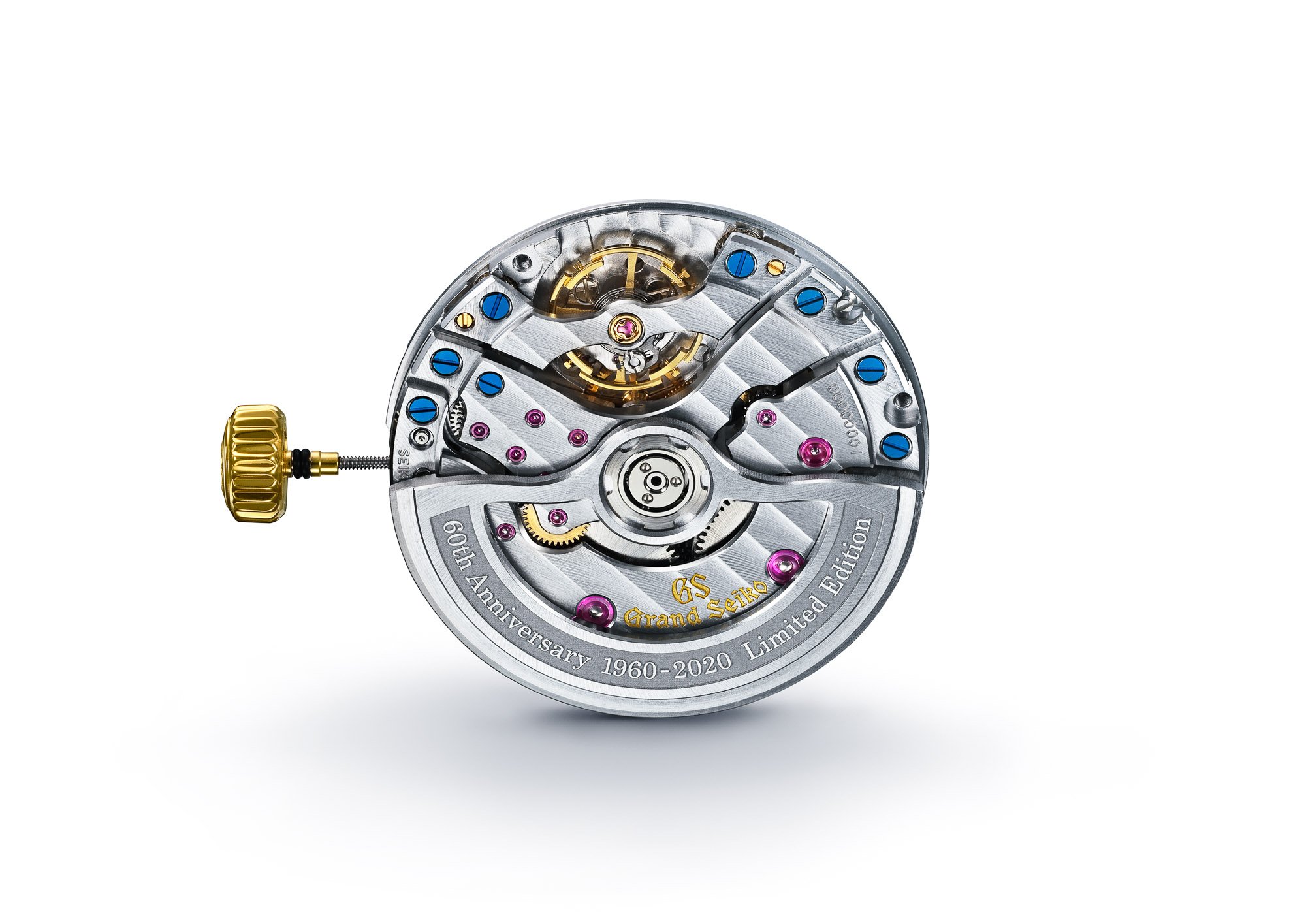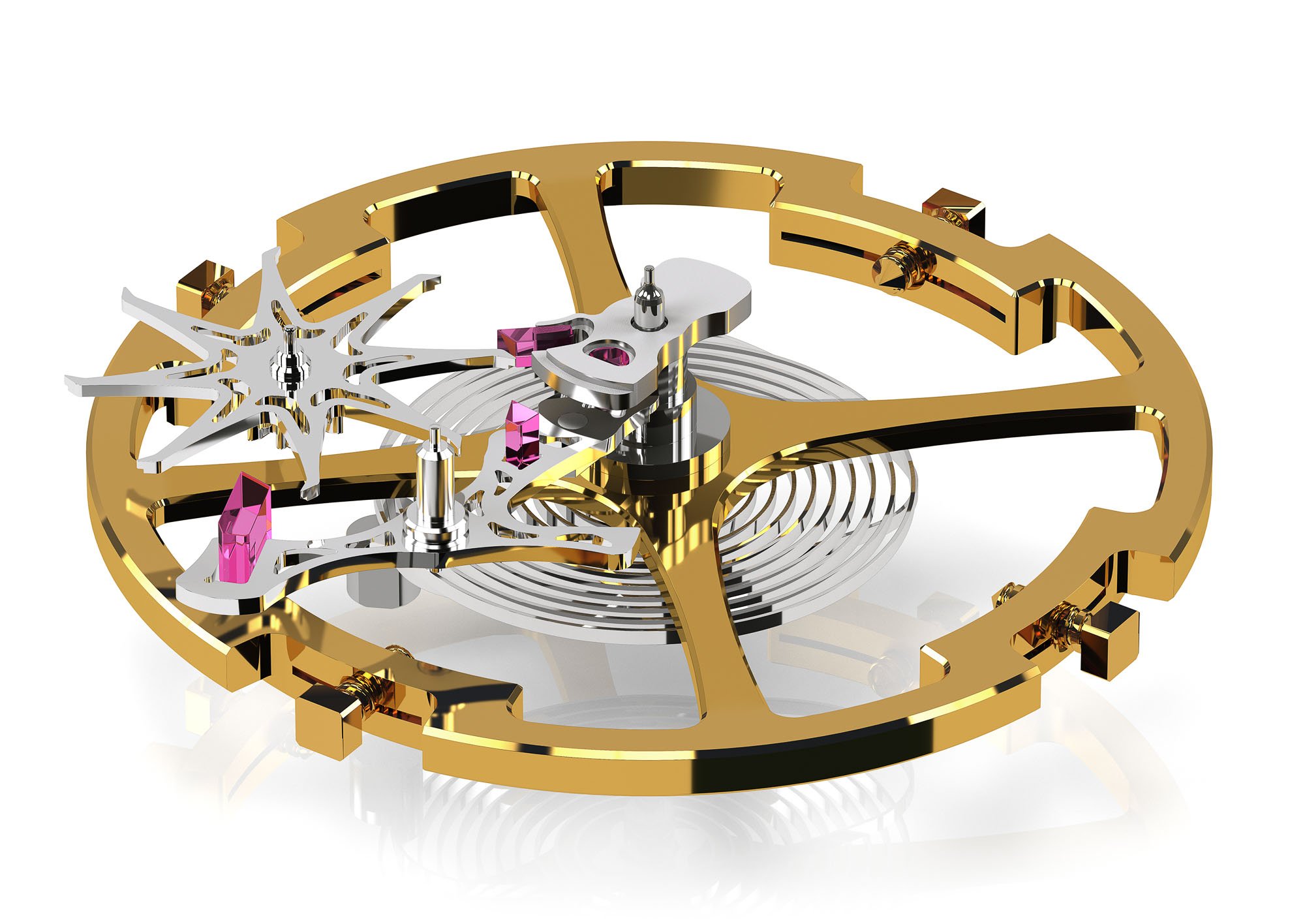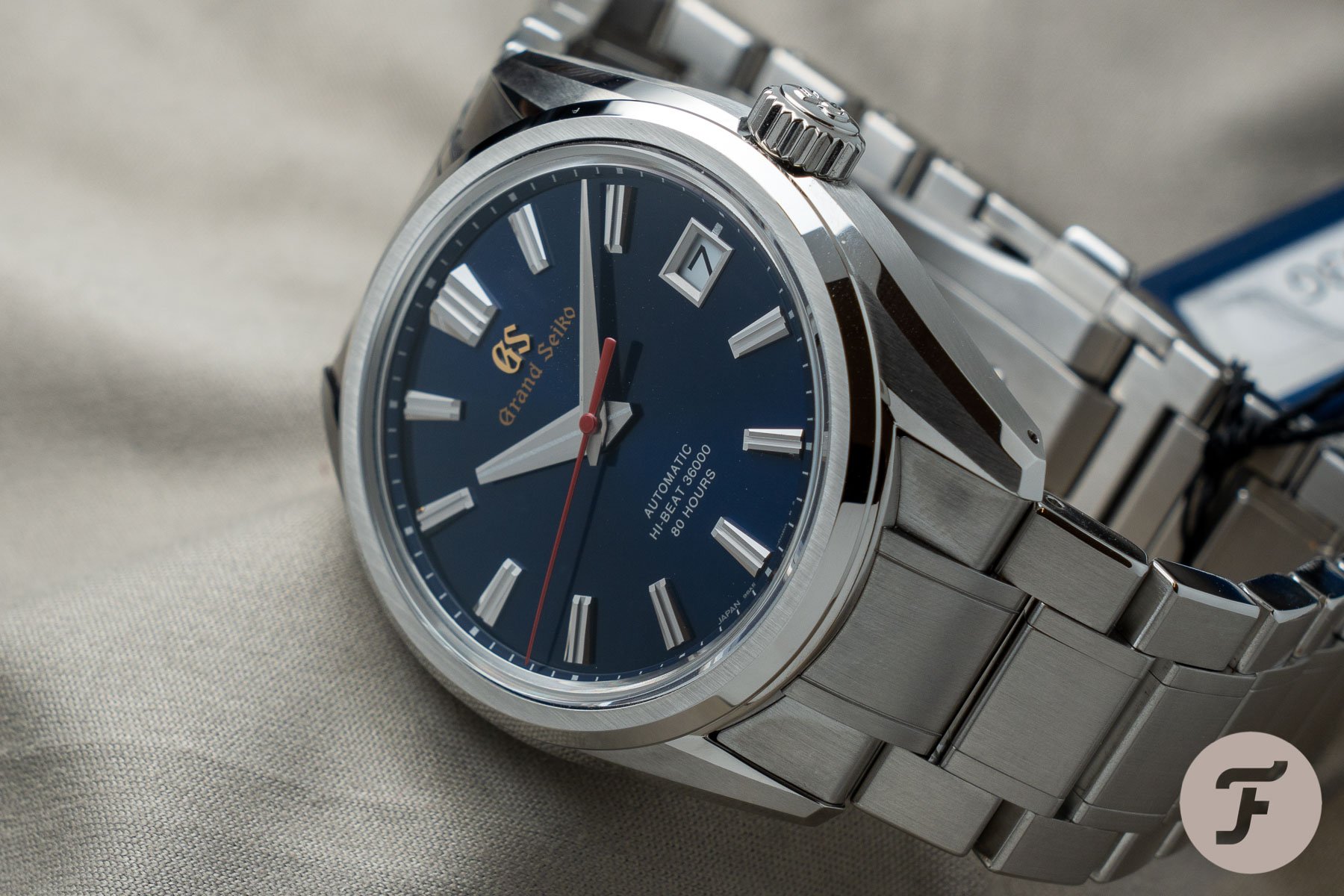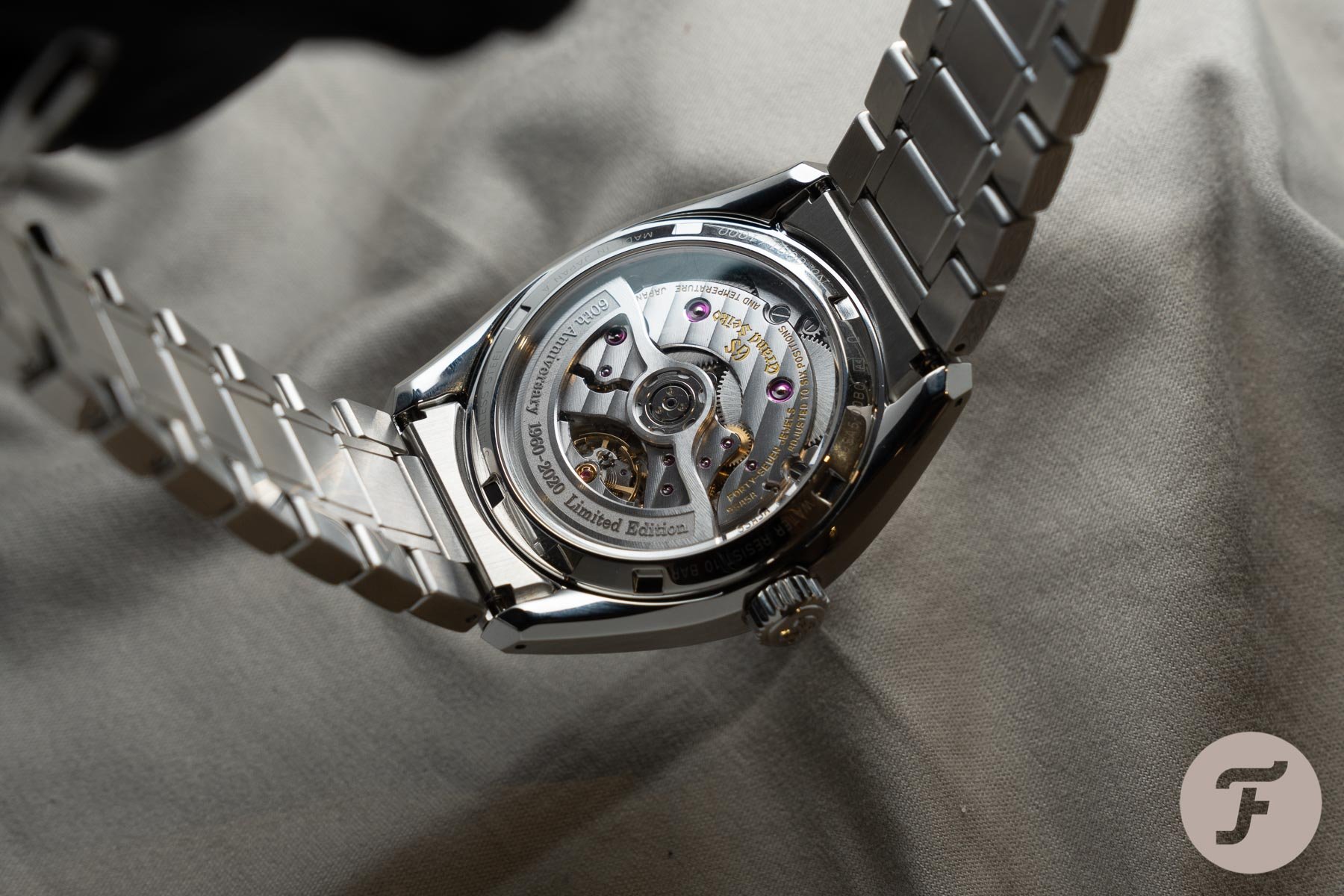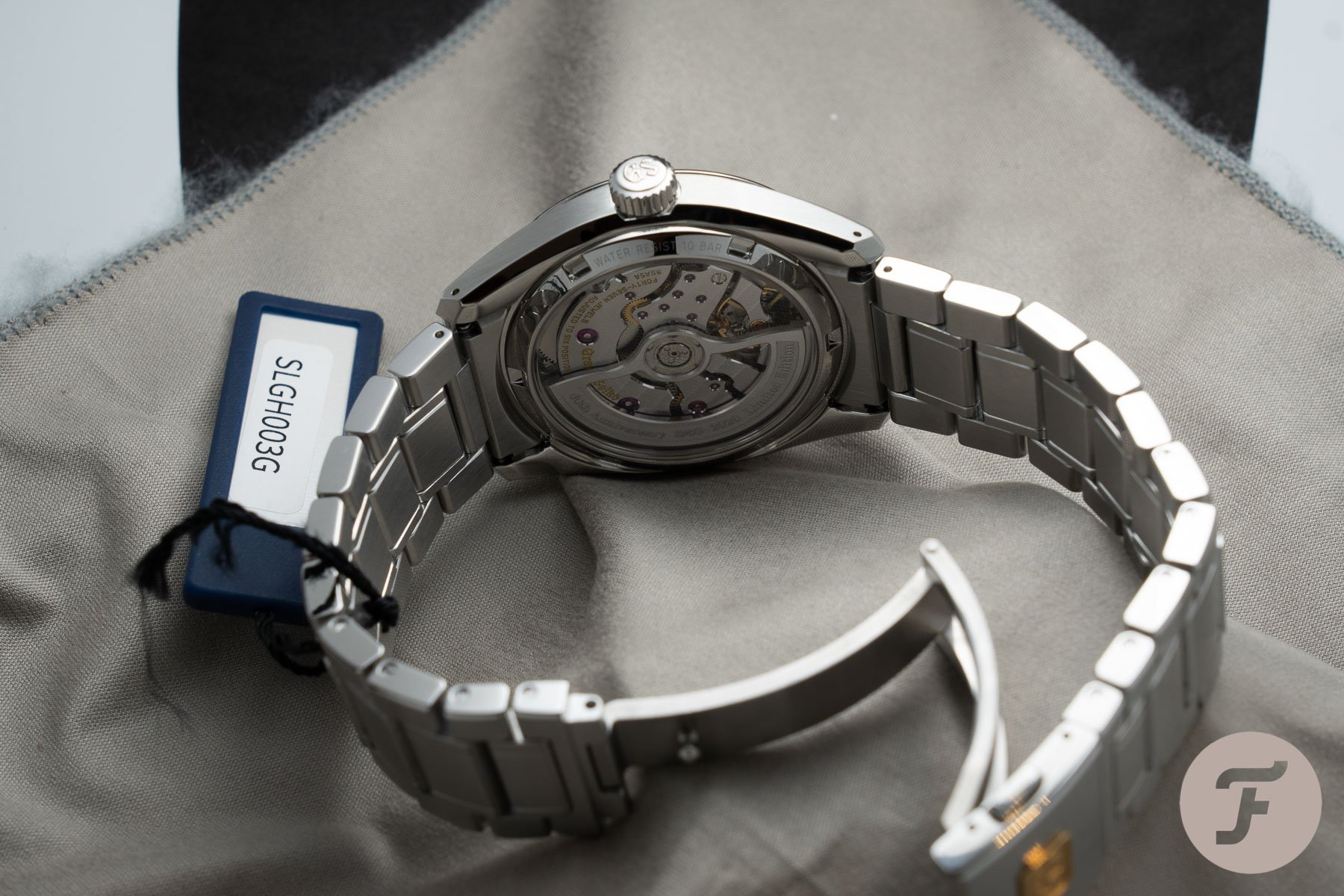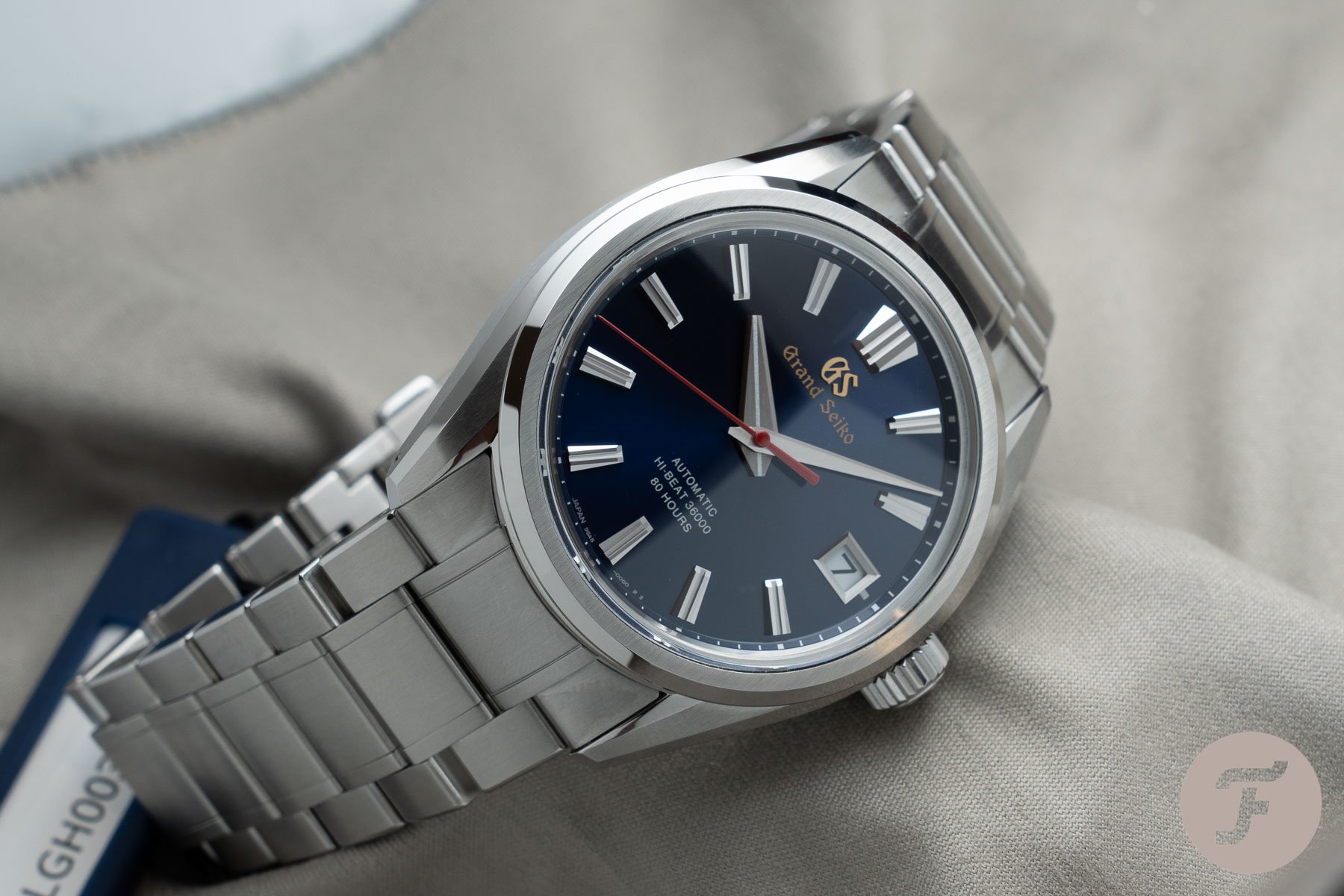Grand Seiko Deep Dive: Exploring the New 9SA5 Watch Movement
When it comes to Grand Seiko’s headline release of the 2020 calendar, there’s a lot to discuss. Caliber 9SA5 is an entirely new movement released in time to mark the commencement of Grand Seiko’s second 60-year cycle. It hammers home the point (as if anyone had forgotten) that the Grand Seiko mission statement is, and always has been, that the best can always be bettered.
For six decades, the Japanese juggernaut has stuck to its founding principles. In the hearts and minds of Grand Seiko’s chief engineers and designers, even the idea of excellence can stagnate if allowed to stand still. As such, they set about designing a brand new caliber from the ground up. And rather than save time, money, and an awful lot of sleepless nights by cherry-picking preferred components from existing calibers, they rebuilt everything. Every. Single. Last. Gear.
…the tangental transfer of power …
However, more impressive is the fact that the escapement — the all-important regulating organ of this mechanical high-beat caliber — was not just dimensionally or aesthetically distinct from its forebears. Rather, it was a totally novel construction, integrating some of the same theories surrounding the tangental transfer of power employed by the late, great Dr. George Daniels, inventor of the now-famed co-axial escapement.
The escapement
To understand how the new Grand Seiko escapement differs from a regular escapement and the co-axial, let’s go back to basics. An escapement is responsible for the effective and regular distribution of the mainspring’s power to the hands. Without an escapement, a watch would not be able to keep time. All of the power stored in a mainspring desperate to uncoil itself would dissipate in a matter of seconds. If you’ve ever disassembled a watch and accidentally forgotten to unwind the mainspring before removing the pallet fork, you will know what I mean. In that case, the wheels spin wildly for a few seconds as the energy stored in the mainspring floods through the gear train like a dam bursting its banks.
Simply put, one vibration equates to the escape wheel “unlocking” once.
The escapement’s job is to hold back that power and release it in manageable, countable chunks. Watch movements can be geared to operate at different frequencies, most commonly expressed by the term “vibrations per hour” or “vph”. Simply put, one vibration equates to the escape wheel “unlocking” once. Every time the escape wheel unlocks, power is allowed to flow from the mainspring to the gear train wheels and thus the hands. The higher the frequency, the more times an escape wheel unlocks per hour. And the more times an escape wheel unlocks per hour, the smoother the seconds hand’s travel would be.
Operating frequency
In older watches — especially pocket watches — an operating frequency of 18,000vph was common; this means the escapement is unlocking 18,000 times per hour, 300 times per minute, and therefore five times per second. The advantage of lower operating frequencies is that they require less power since they operate less frequently. As such, mainsprings can be smaller and thinner, or the watch power reserve can be longer. Another advantage might be that these components experience less friction during operation, there is one significant drawback: accuracy during regular use.
…a higher operating frequency is preferable.
This operating frequency was fine for pocket watches. They just sat around in the pocket all day, in a vertical position. Any watchmaker worth their salt could easily ensure a hairspring was breathing regularly in a vertical position and thus be confident of that pocket watch’s timekeeping ability. However, modern watches — those with which Grand Seiko has concerned itself since the company’s foundation — are worn on the wrist and subject to far more shocks and gravitational interruptions than their pocket-bound predecessors.
Therefore, when it comes to having a watch on your wrist throughout the day, a higher operating frequency is preferable.
Hi-beat caliber
Caliber 9SA5 operates at 36,000vph. That means it is a “hi-beat” movement with a seconds hand ticking 600 times per minute, which equates to ten times per second. For manually-wound watches, that is a huge burden to place upon a mainspring, but for an automatic watch (which is beyond constantly rewound by the motion of the wearer’s wrist) it is not such an issue.
…massive improvements…
Ten ticks per second results in a beautiful sweeping seconds hand. But we’ve seen this before from many brands, including Grand Seiko. What makes the 9SA5 special (aside from its novel escapement, which we’ll analyze momentarily) is its thinness and power reserve. Both are massive improvements on previous models. What is weird about these two upgrades is that they rarely go hand-in-hand for the reasons stated above.
A dual-barrel system
To reduce thickness, it is common practice to use a slimmer mainspring to save space in the movement. Similarly, to stretch the power generated by that slimmer mainspring further, brands often reduce the operating frequency. This has an aesthetically adverse effect on the sweeping seconds hand. Here, however, we have the best of both worlds. Grand Seiko has used a dual-barrel system to boost the regular 9S- caliber series power reserve of 55 hours to 80 while wrapping this new tech up in a package that stands just 5.18mm tall.
…genuine long-term solutions…
Better still, this slimness isn’t just thanks to the twin-barrel system. Grand Seiko has also designed an extra-flat gear train (with exceptionally tight tolerances to ensure optimal and uninterrupted operation) along with ultra-efficient escapement components. These are genuine long-term solutions to the common problems found in wristwatch design, most notably the presence of intense friction.
And it is a reduction in friction and an improvement in secondary impulse that makes this new escapement superior to the standard Swiss lever escapement.
Tangental power tranfer
Earlier, I mentioned the importance of “tangental power transfer”. Tangental power transfer relates to how the balance wheel is given an impulse during the unlocking phase (in both directions). Getting this right can result in a significant energy transfer efficiency increase. The new 9SA5 escapement transfers power to the balance wheel in both directions of travel. Both the pallet fork and the escapement wheel are made using MEMS technology (Microelectromechanical systems). This specializes in the production of incredibly fine and delicate parts used in high-end watchmaking.
The decision to use an overcoil for the 9SA5 was reached after running through a staggering 80,000 simulations.
Additionally, the 9SA5 uses a new free-sprung balance, which has been developed especially for this caliber. It retains its precision for longer and is more resistant to shock and friction. While other 9S calibers use a flat hairspring, 9SA5 uses an overcoil. The decision to use an overcoil for the 9SA5 was reached after running through a staggering 80,000 simulations. Consequently, it was observed that the spring’s performance was improved in every possible position, thus improving the watch’s isochronism.
A glowing achievement
It took nine years to develop this movement, resulting in the kind of thing watch lovers crave. It isn’t a fancy new colorway or subtle case or bracelet redesign. The new 9SA5 movement is real, gritty horology. It is the culmination of hard-earned experience over the last 60 years of Grand Seiko’s rise. A precise, reliable rate of +5 to –3 seconds a day and a power reserve of 80 hours, delivered by a movement 15% slimmer than the current Grand Seiko high beat caliber, is a glowing achievement. And it is one that surely sets the stage for even greater things to come. Learn more about Grand Seiko here.

